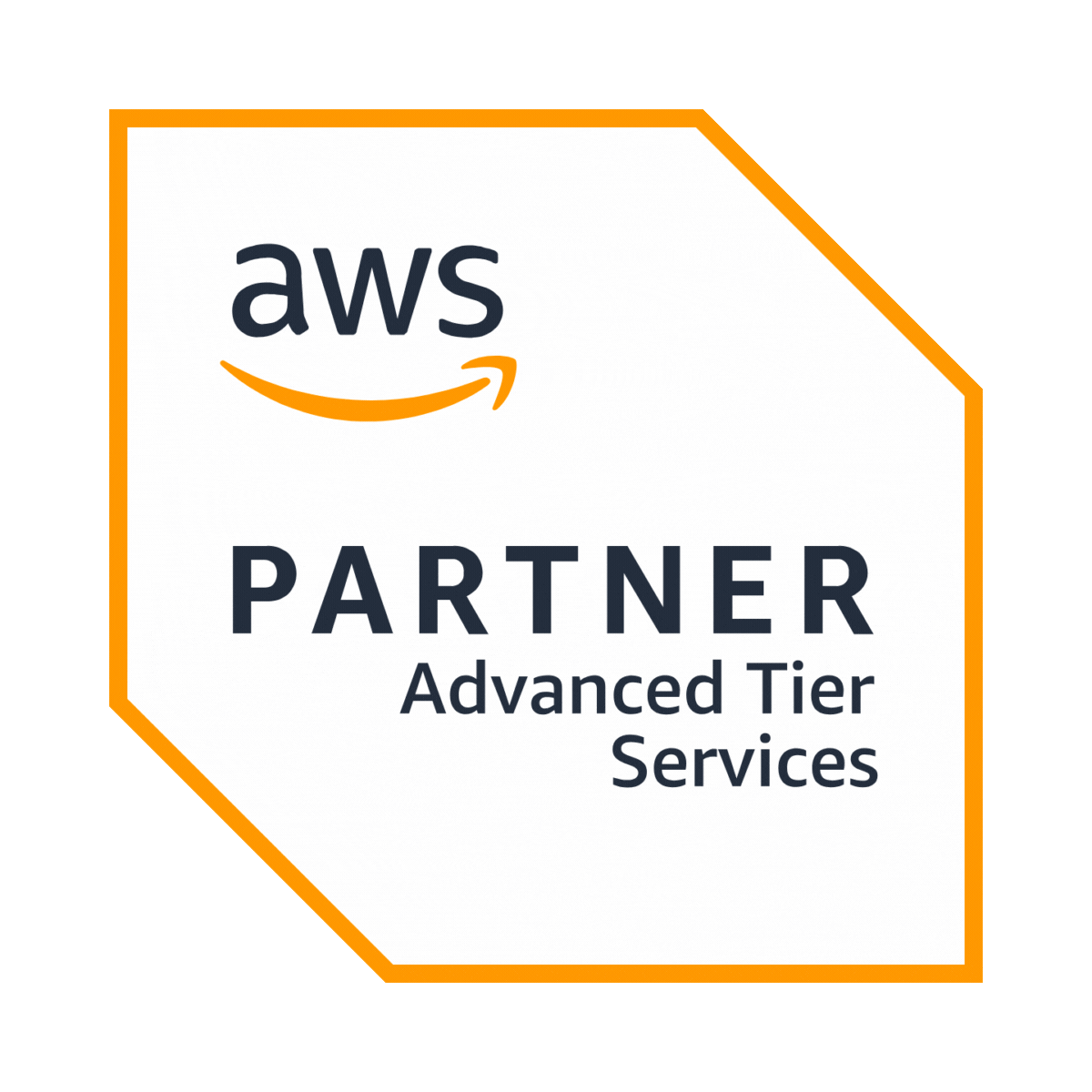No-code application development

No-code apps development today
of application development will be done with low-code/no-code platforms.
faster deployment cycles compared to traditional development.
reduction in development costs by eliminating complex coding efforts.
What we do
Design a no-code development roadmap that aligns with business goals, ensuring rapid application deployment.
Design, customize, and deploy scalable applications quickly while ensuring scalability and responsiveness across devices.
Automate your workflows without writing a single line of code, connect apps and streamline operations quickly and effortlessly.
Leverage AI-powered automation, chatbots, and predictive analytics—all without any coding required.
Develop reliable backend systems effortlessly using intuitive no-code solutions—no traditional coding required.
Design intuitive and visually appealing user interfaces with pre-built no-code components for a seamless digital experience.
Connect applications with existing ERP, CRM, and SaaS platforms using pre-configured API connectors and automation tools.
Ensure enterprise-grade security, encryption, and compliance adherence to GDPR, HIPAA, and SOC 2 standards.
What you'll achieve

Deploy applications in days instead of months with no-code development.

Reduce development costs by eliminating traditional coding efforts and expensive development cycles.

Easily connect apps with third-party services, automate workflows, and enhance business efficiency.

Build adaptable applications that grow with business needs, supported by cloud-based platforms.

Leverage AI and automation to create smarter, more efficient business applications.
Our customer stories

Developed a predictive analytics platform using generative AI to reduce downtime and optimize fleet reliability.


Modernized a leading gaming platform with a scalable, serverless AWS infrastructure, boosting performance.


Built an intelligent platform for real-time demand forecasting, dynamic pricing, and personalized guest interactions.

Where to Start
Assess business needs, select the right no-code platform, and map out automation workflows.
Build high-performance applications using drag-and-drop interfaces and cloud-based no-code solutions.
Ensure long-term application success with AI-driven insights, security enhancements, and workflow automation.
Our expert insights



Frequently asked questions
No code applications are built using platforms that enable users to create software without writing traditional code. They use visual interfaces and pre-built components for ease of development.
Teams without extensive technical knowledge, including operations, marketing, HR, and product teams, can use no-code applications to create tailored solutions quickly.
No code platforms can be used to build internal tools, customer-facing apps, data dashboards, workflows, and prototypes, among others.
Yes, no-code platforms offer scalability to accommodate growing business needs and can integrate with existing systems as required.
Modern no-code platforms incorporate robust security measures, including encryption, access controls, and compliance with industry standards to protect data and ensure reliability.
















